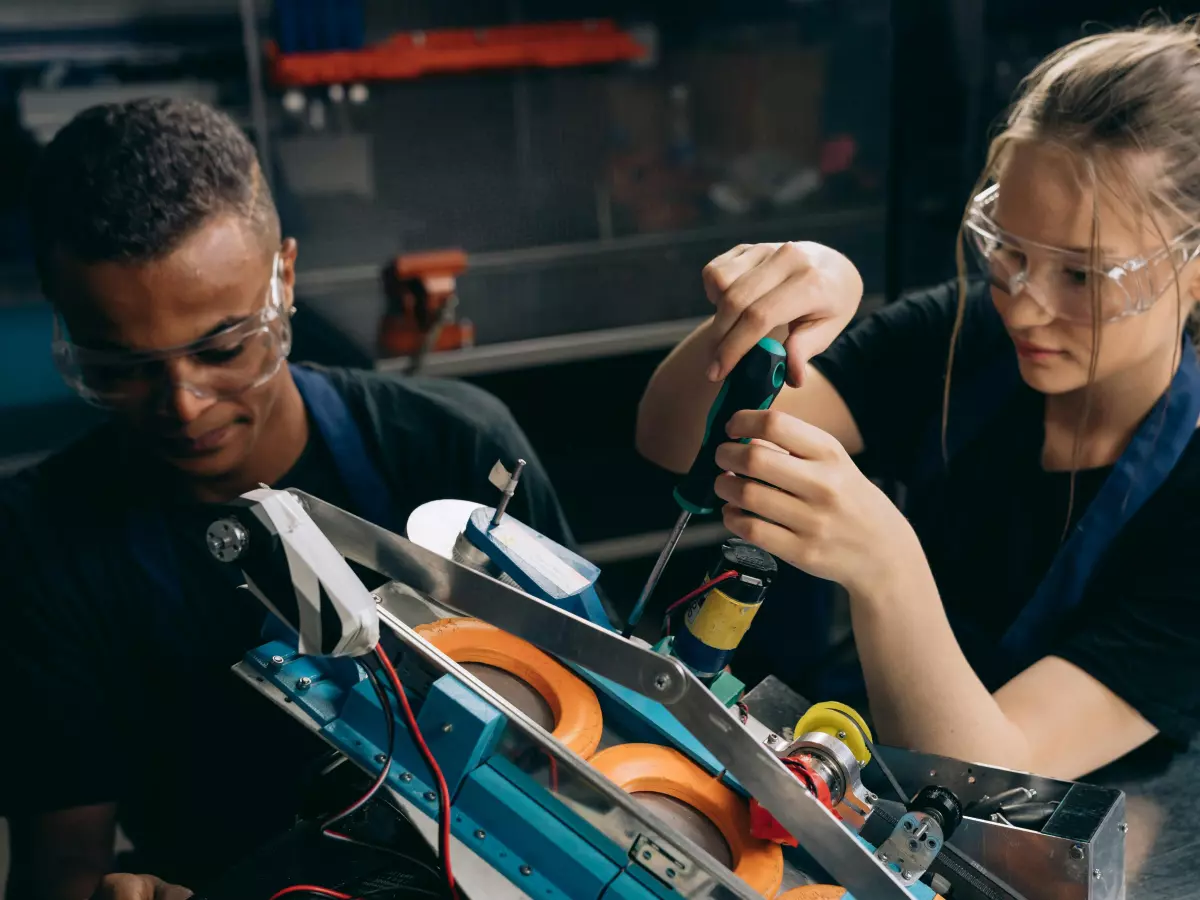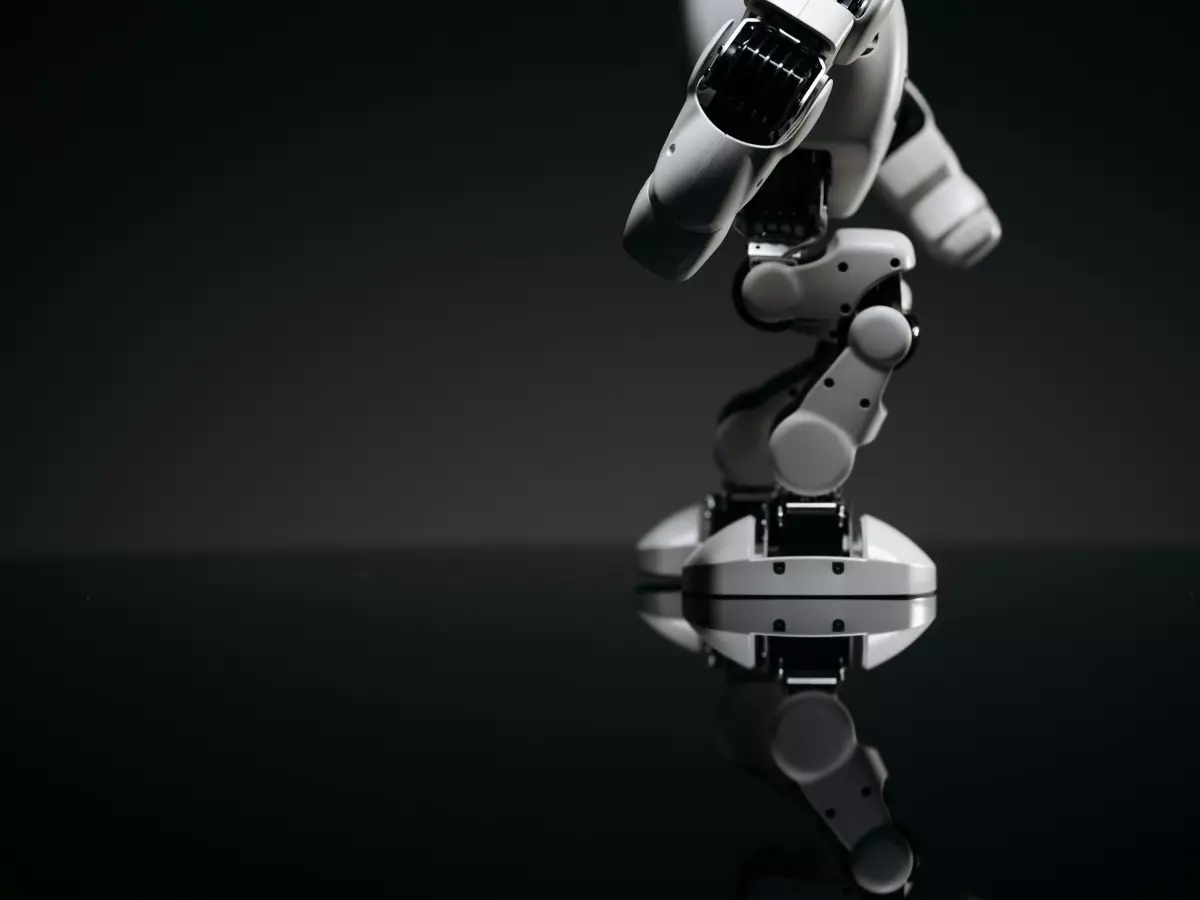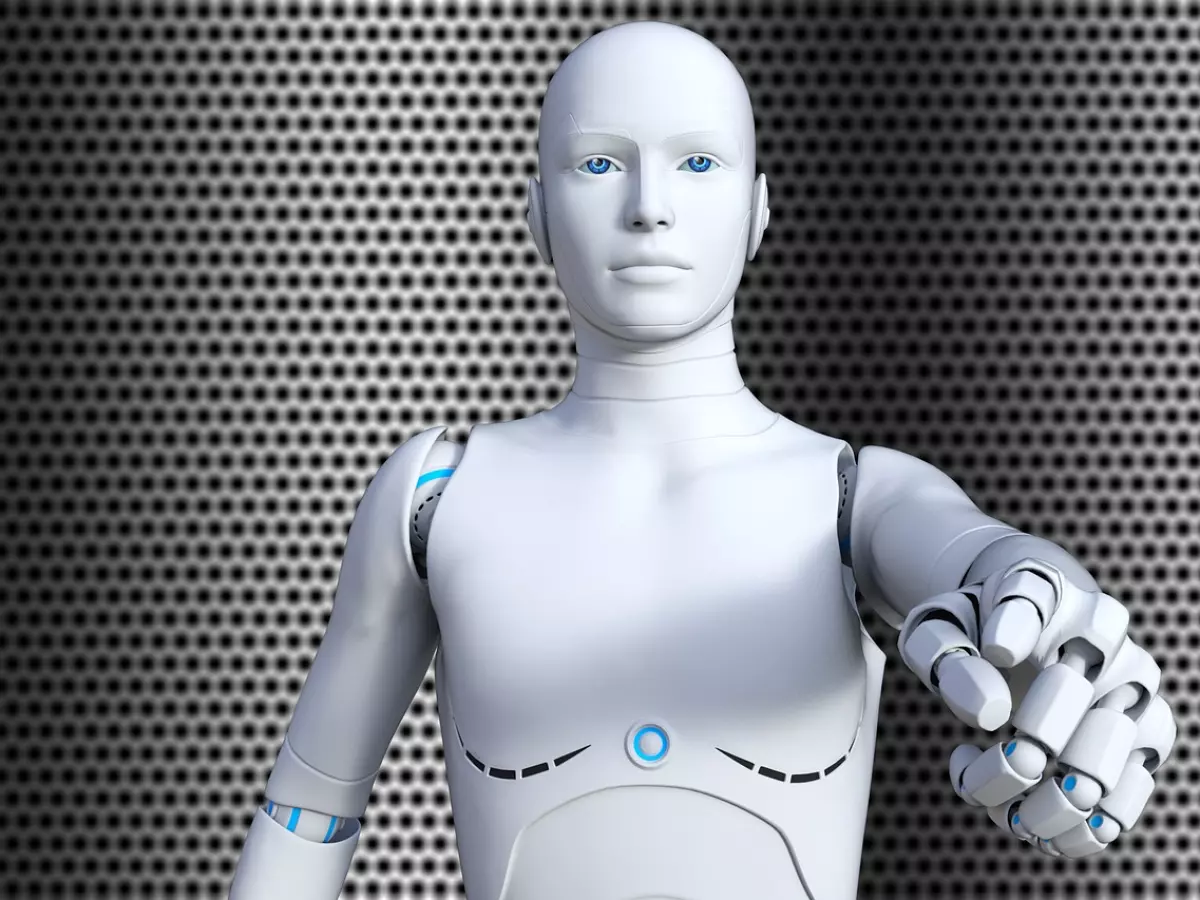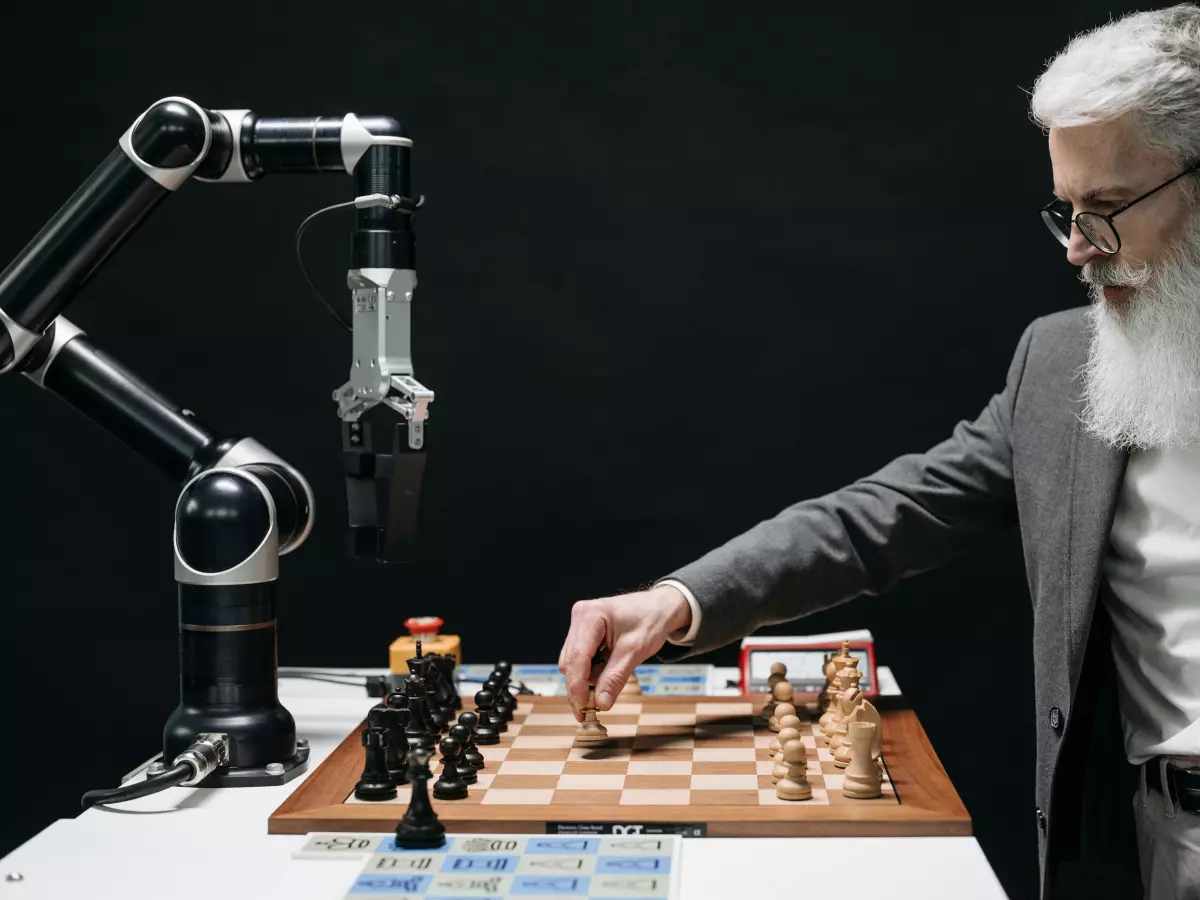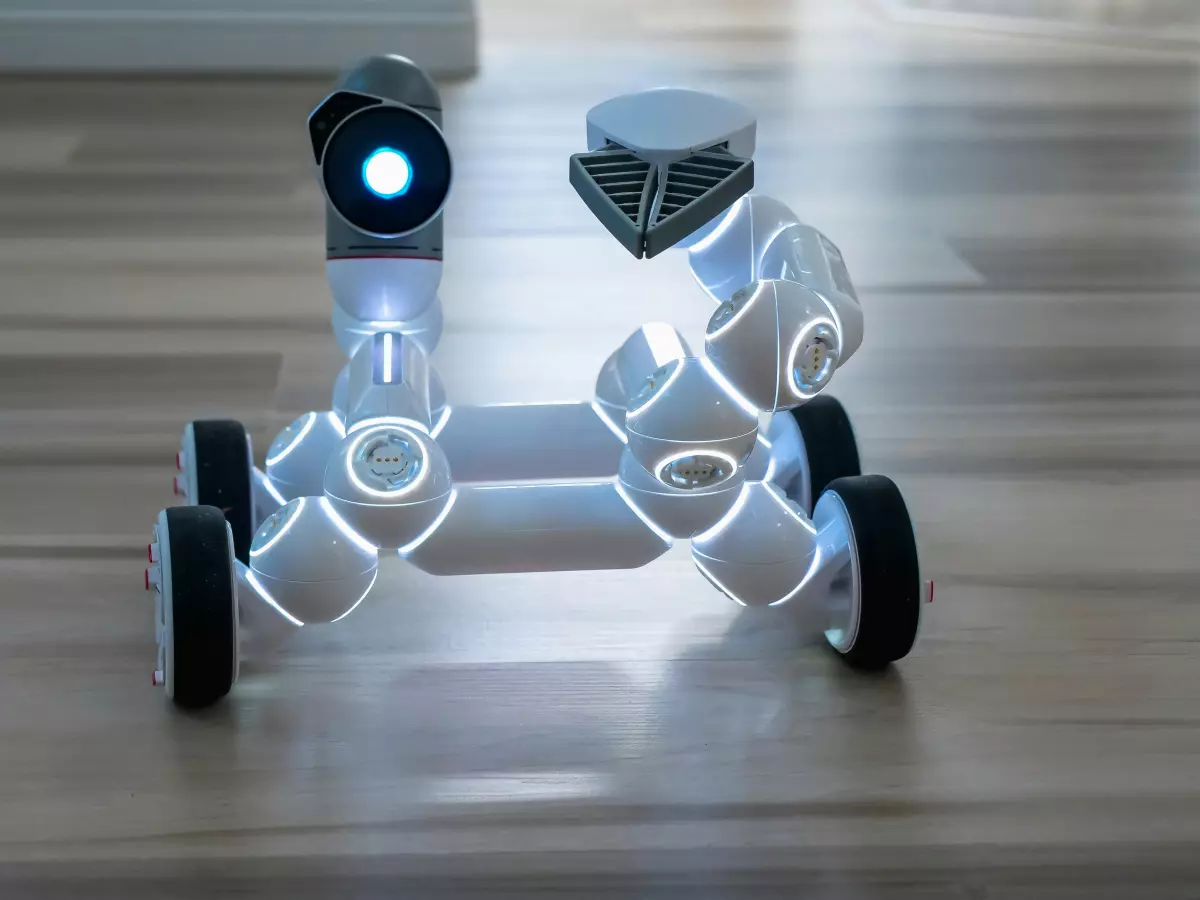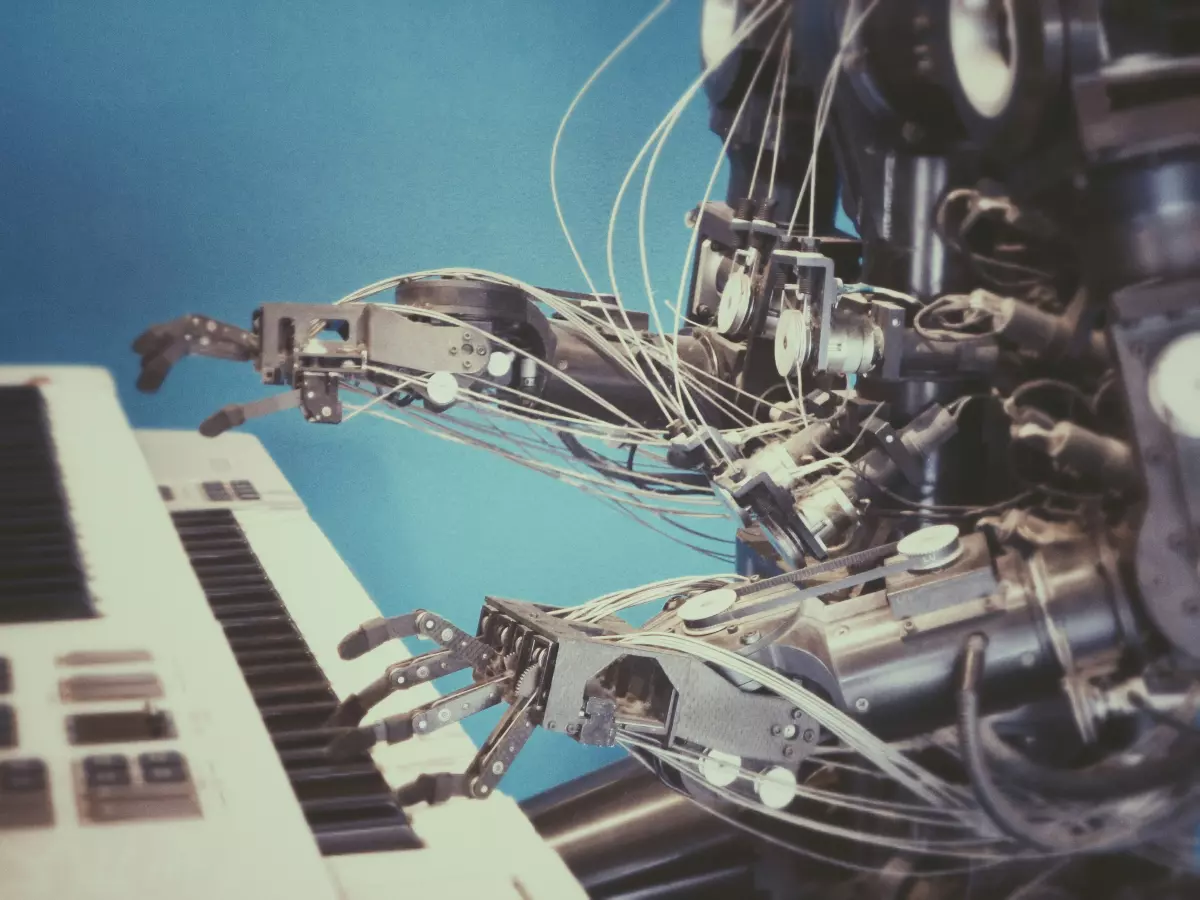Robots on the Move
Imagine a chessboard where every piece is a robot, and each move is a calculated step toward victory. But here's the twist: the pieces are not just following the rules of the game—they're figuring out the rules as they go. Sounds wild, right? Well, that's the world of robot navigation, where every move is a delicate dance between hardware and software, each trying to outsmart the other.

By Dylan Cooper
In the realm of robotics, navigation is like the ultimate chess match. The hardware—sensors, motors, and actuators—are the pieces on the board, while the software is the brain behind the strategy, calculating the next move. But here's the kicker: without the right balance between these two, your robot might just end up stuck in a corner, unable to make its next move. So, which side is more important? Is it the hardware that drives the robot forward, or the software that tells it where to go? Let's dive into this battle of brains vs. brawn and see who's really calling the shots.
The Hardware: Muscle Power
Let's start with the hardware—the muscles of the robot. When we talk about hardware in robot navigation, we're referring to all the physical components that allow the robot to move and perceive its environment. This includes sensors like LiDAR, cameras, and ultrasonic sensors, as well as the motors and actuators that physically move the robot.
Hardware is crucial because, without it, the robot wouldn't be able to interact with the world. Imagine trying to drive a car without wheels or steering—no matter how smart the software is, you're not going anywhere. The same goes for robots. The hardware provides the foundation for movement and perception, allowing the robot to gather data about its surroundings and physically move through space.
But here's the catch: hardware alone isn't enough. A robot can have the best sensors in the world, but if it doesn't know how to interpret the data or make decisions based on that information, it's just a fancy paperweight. That's where software comes in.
The Software: The Brain Behind the Brawn
Now, let's talk about the software—the brains of the operation. In robot navigation, software is responsible for processing the data collected by the hardware and making decisions about where the robot should go and how it should get there. This includes everything from path planning algorithms to obstacle avoidance systems.
Software is what turns raw sensor data into actionable information. For example, a robot's camera might capture an image of an obstacle, but it's the software that analyzes that image, determines the size and location of the obstacle, and decides whether to go around it or stop. Without software, the robot would be blind, unable to make sense of the world around it.
But here's the thing: software is only as good as the hardware it's running on. If the sensors are faulty or the motors are weak, the software won't be able to do its job effectively. It's like trying to play chess with a broken board—no matter how good your strategy is, you're going to have a hard time winning.
Finding the Balance: The Real Challenge
So, which is more important: hardware or software? The truth is, neither can function effectively without the other. It's all about finding the right balance between the two. Too much emphasis on hardware, and you end up with a robot that's over-engineered but lacks the intelligence to navigate complex environments. Too much focus on software, and you get a robot that's smart but physically incapable of executing its plans.
One of the biggest challenges in robot navigation is finding this balance. Engineers need to design systems where the hardware and software complement each other, working together to achieve the best possible performance. This often involves making trade-offs between cost, power consumption, and performance. For example, adding more sensors can improve a robot's ability to perceive its environment, but it also increases the cost and power requirements. Similarly, more complex software can lead to better decision-making, but it requires more processing power and memory.
The Future of Robot Navigation: What's Next?
As robots become more advanced, the line between hardware and software is starting to blur. We're seeing the rise of technologies like neuromorphic computing, where hardware is designed to mimic the structure and function of the human brain. This allows for more efficient processing of sensory data, enabling robots to make faster and more accurate decisions.
At the same time, advances in machine learning and artificial intelligence are pushing the boundaries of what software can do. Robots are becoming better at learning from their experiences, adapting to new environments, and making decisions in real-time. This is leading to more autonomous systems that can navigate complex environments with minimal human intervention.
But with these advancements come new challenges. As robots become more autonomous, the need for robust hardware and software systems becomes even more critical. Engineers will need to continue finding ways to balance the two, ensuring that robots can navigate safely and efficiently in a wide range of environments.
Conclusion: The Chess Game Continues
In the end, robot navigation is like a never-ending chess game, with hardware and software constantly trying to outmaneuver each other. But instead of choosing sides, the key to success lies in finding the right balance between the two. By designing systems where hardware and software work together in harmony, engineers can create robots that are not only smart but also capable of navigating the world around them.
So, the next time you see a robot gliding effortlessly through a room, remember that it's not just the software making it happen—it's the perfect combination of brains and brawn, working together to win the game.
